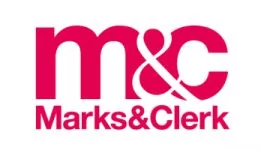- within Immigration topic(s)
Concrete is bad. However, concrete is essential. It is bad since its component parts are rather damaging for the environment to produce. For example, a typical concrete mix involves between a quarter and a sixth in volume of cement, and for every tonne of cement that is produced, 900 kg of CO2 are emitted! That amounts to between 80 and 90% of the emissions associated with an average concrete mix.
However, efforts are being taken to reduce the amount of concrete in use, and in particular the amount of concrete being wasted. For example, in one recent trial, HS2 has been using a groundbreaking measuring system to more closely monitor the consistency of concrete within a cement truck. Traditionally this would be done external to the vehicle using a slump test and through temperature testing. However, by testing the consistency within the vehicle, for every delivery there is a reduction of waste. Furthermore, by monitoring the concrete in the vehicles, concrete loads can be prioritised for enabling their use before the material degrades within the vehicle. In large building projects, the reduction of concrete waste can lead to significant gains, both financially and environmentally. For example, with this system, Balfour Beatty Vinci (BBV) believe that there will be a significant carbon saving: Due to the reduced volumes of concrete required across their section of the HS2 route, there should be a reduction of carbon emissions of around 1,500 tonnes of CO2!
Can intellectual property help accelerate the race to net zero? Visit our Energy Transition hub to find out.
#Rail #Transport #COP28 #NetZero #ClimateChange #Innovation #technology
One of the key benefits of the system is the elimination of concrete waste which would have been produced from manual sampling and testing. When the solution is rolled out across BBV's section of the route, this could result in cutting 1,500 tonnes of carbon.
The content of this article is intended to provide a general guide to the subject matter. Specialist advice should be sought about your specific circumstances.


